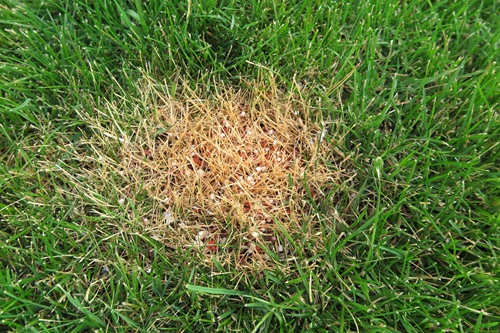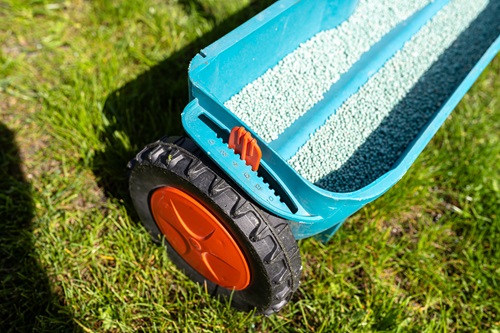
Fertilizing your lawn can feel like giving it a nutritious boost, much like feeding it a superfood packed with essential nutrients. However, just like overindulging in anything, too much fertilizer can be harmful.
This is where fertilizer burn comes into play—a common issue that can affect both the health and appearance of your grass and plants. So, what is it, and how can you avoid it? Let’s dive in and explore how to keep your lawn lush and vibrant all year round.
What is Fertilizer Burn?
To put it simply, fertilizer burn happens when too much fertilizer is applied to your lawn. Fertilizers in Conway SC are made up of key nutrients like nitrogen, phosphorus, and potassium, which are crucial for plant growth. But they also contain salts that, when over-applied, can draw moisture away from the roots of your grass and plants. This lack of moisture leads to dehydration, causing visible damage to your greenery.
What Are The Signs:
The primary cause of fertilizer burn in Conway SC is the overuse or incorrect application. However, there are several factors that can increase the likelihood of this problem:
- Insufficient Watering: If you don’t water thoroughly after fertilizing, the salts can stay concentrated on the surface, causing damage.
- Applying to Wet Grass: Fertilizing when the lawn is already wet can cause the fertilizer to stick to the blades of grass, leading to burn marks.
- Using Quick-Release Fertilizers: These types release nutrients too quickly, increasing the chance of burning your lawn.
How to Fix Fertilizer Burn
If you’ve noticed the signs, don’t worry. There are several steps you can take to help your lawn recover.
1. Pause All Fertilizing Activities
The first step is to stop adding any more fertilizer. Adding more nutrients to an already stressed lawn will only worsen the situation.
2. Leach the Soil with Water
Next, flush the soil with plenty of water. This process, known as leaching, helps to dilute and wash away the excess salts. It may be necessary to repeat this step several times to ensure that the salts are thoroughly diluted.
3. Trim Damaged Leaves
Carefully prune any dead or damaged leaves from your plants. This helps them focus their energy on healthy, new growth rather than trying to repair damaged parts.
4. Provide Temporary Shade
If possible, give your lawn some temporary shade to protect it from direct sunlight. Too much sun can add extra stress to plants already suffering from fertilizer burn, so providing shade can help them recover more quickly.
5. Be Patient and Supportive
Recovery takes time, so be patient and keep supporting your lawn with adequate water and care. Look for signs of new growth, which indicate that your lawn is beginning to heal.
Prevention Tips
Preventing fertilizer burn is simpler than you might think. The most important lawn care step is to follow the instructions on the label. Applying the recommended amount and allowing time for the lawn to recover between applications can greatly reduce the risk. Typically, lawns do not need more than four fertilizations a year.
Here are some additional prevention strategies:
- Opt for Slow-Release Fertilizers: These release nutrients gradually, reducing the risk of overloading your lawn with salts.
- Select the Right One: Choose one that matches the needs of your specific soil and plants.
- Avoid Fertilizing Stressed Lawns: If your lawn is already stressed due to drought, disease, or extreme weather, it’s best to hold off on fertilizing.
- Water Before and After Application: Make sure the soil is moist before you apply, and water again afterward to help distribute the nutrients evenly.
- Apply Evenly: Be careful to spread it evenly across your lawn. Uneven application can cause concentrated areas that are more likely to burn.
- Consider Professional Help: And, hiring a professional lawn care service in Conway SC can ensure the job is done right, reducing the chance of encountering this problem and keeping your lawn looking its best.
Fertilizer burn is a common mistake, especially for those new to lawn care. But, by taking a few simple precautions and hiring Conner’s Lawn Care Service, you can avoid this issue and maintain a healthy, green lawn.
So, if you want to be completely sure that your lawn is safe from fertilizer burn, think about getting help from a professional. Call Conner’s Lawn Care Service now. Our team will test your soil, recommend the best fertilizer, and apply it correctly to avoid any damage.
Conner’s Lawn Care Service
Myrtle Beach, SC
843-504-4901
http://connerslawncare.com/


No comments:
Post a Comment